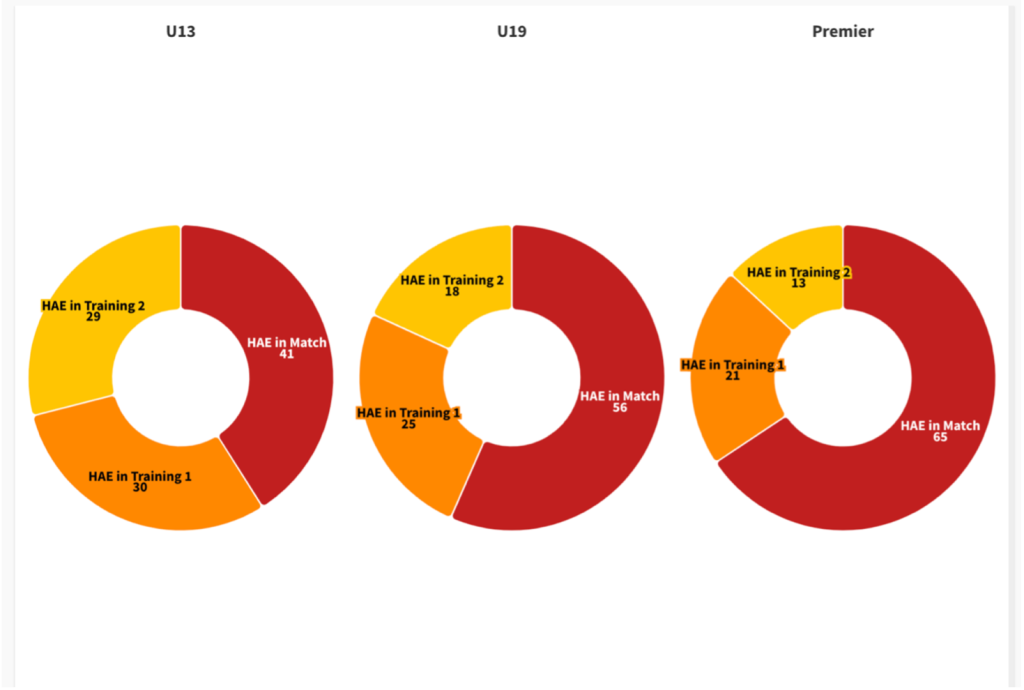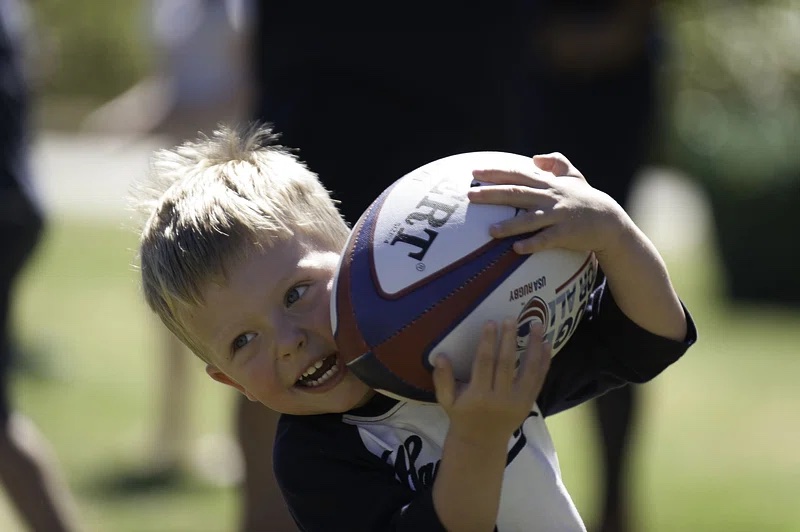Rugby might just be a lot safer than it looks. New studies have found that over 80% of the forces experienced by male rugby players are the same as, or less than those experienced in a non-contact sport such as running.
With the use of smart mouthguard technology in players from U13s to a Premier men’s team, this study showed that younger players were significantly less likely to injure themselves in matches than older players were.
The ORCHID study measured the percentage in which players from different age groups were exposed to varying degrees of head acceleration exposure (HAE) in g-force.
Community rugby player and frequent Twickenham attendee Joe Eldridge, 21, said: “As a player it gives me a great boost in confidence knowing that the collisions you are taking are safe to withstand and players can enjoy the sport without being worried of a serious head injury.
“While the study may change the game, these changes should not be viewed as threatening but as great advancements.”
The boil-and-bite mouthguards that were used have an 89% precision rate in detecting impact and were fitted by a qualified dentist during the study to maximise accuracy.
Eldridge said: “Every player wants to feel more secure while still feeling they are playing an authentic game.
“And with the confidence these studies will bring to young players, I think that the game can only progress in a positive direction.”
Authors of the ORCHID study provoked some very influential discussions on advancing player welfare and safety guidelines within the game.
In the introduction to the findings report, the authors said: “Findings may guide training load management and teaching of skill execution in high-risk activities.”
The pie charts below show the percentage that players, in their respected age-grouped teams, experienced head acceleration exposure (HAE) during an average week, (two training sessions and a match).

In the Premier men’s team, approximately 2/3 of all HAEs were experienced during matches. For the U19s, just over half HAEs happened during matches and for the U13s, the percentage of total HAE during matches was 41%.
Per hour of rugby, matches were more likely to cause HAEs than training would.
This data is important as it provides more accurate results on strain-based responses of the brain tissue.
ORCHID is a ground-breaking study as it’s the largest of its kind in investigating forces experienced by rugby players and has triggered world firsts in the sport.
One of those being head injury assessment protocols being changed to include smart mouthguards by January 2024.
The authors and researchers behind ORCHID emphasise the importance of collecting such sports data in the interest of player safety, both professionally and in communities.
The report states: “The frequency of contact phases in rugby raises player safety concerns.
“These phases often involve intense competition for ball possession, which can lead to a higher likelihood of unintentional head impact events and subsequently increase the risk of concussions for rugby players.
“In order to enhance player safety, it is essential to gain a comprehensive understanding of the contextual factors contributing to acute head injuries during contact phases.
“On the other hand, recent insights have highlighted the potential influence of contact frequency on the brain injury threshold for contact sport athletes.
“As a result, there is a growing emphasis on monitoring the severity of head impact events, especially those that do not immediately result in clinical outcomes, as a crucial aspect of player welfare strategies.”
In a World Rugby statement, Chairman Sir Bill Beaumont, said: “Using the latest research and technology is at the heart of our six-point plan to make rugby the most progressive sport in the world on player welfare.”
World Rugby’s chief medical Officer Dr Eanna Falvey also made a statement which said: “It is encouraging to see that alongside our recent research into the health benefits of rugby, we now have the data that offers a more complete picture of what it is like to play our sport.
“These studies give us the ability like never before to understand the causes of head impacts and accelerations and we will leave no stone unturned, making whatever changes may be needed to reduce large forces to the head in our game.”
ORCHID authors stated the study was subset by sex due to the significant differences in the HAE in men’s and women’s rugby. According to World Rugby, further updates into the women’s community game are currently being prepared.
Click here to view the ORCHID study. Click here to view World Rugby’s statements.





